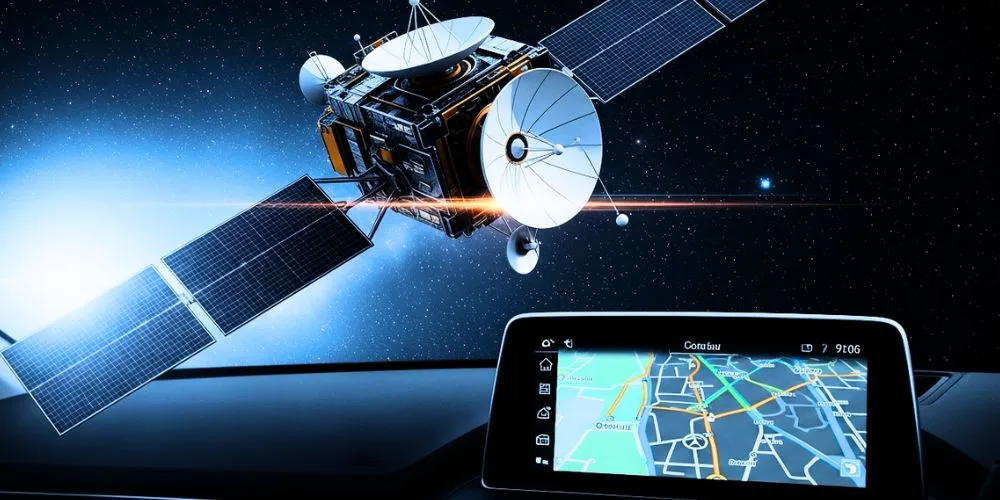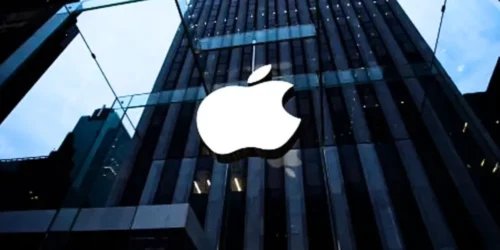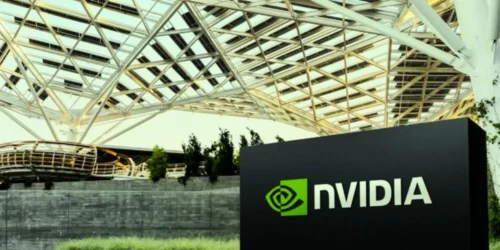We are, without much fanfare, driving vehicles packed with technology that was once the exclusive and exotic domain of space exploration. The Global Positioning System (GPS), which guides our every turn with a calm, digital voice, is a direct descendant of the satellite navigation systems pioneered for military and space applications.
The lightweight, high-strength alloys and composite materials used in our car frames, designed to protect us in a crash, draw heavily on materials science developed for rockets and spacecraft.
Even the telematics systems that automatically call for help after a crash, transmitting our precise location to first responders, are a form of the remote monitoring and telemetry used to track the health of astronauts orbiting the Earth. We have successfully brought the marvels of space down to Earth and onto our highways.
But this incredible, almost magical, technology can breed a dangerous and subtle overconfidence. We place an almost religious faith in the GPS, sometimes following it unthinkingly down unsafe roads or into impossible situations.
We feel cocooned and secure, surrounded by advanced materials, a web of sensors, and a dozen airbags. Yet, no amount of space-age innovation can correct for a simple, terrestrial error in judgment.
It cannot undo the decision to drive too fast for the wet road conditions. It cannot un-send the text message we glanced at for just two seconds. And it cannot sober up the driver who chose to get behind the wheel after having a few drinks.
The laws of physics on a highway are as immutable and unforgiving as they are in orbit. We should be profoundly grateful for the enhanced safety these technologies provide, but we must never, ever forget that they are aids to our attention, not substitutes for it.













